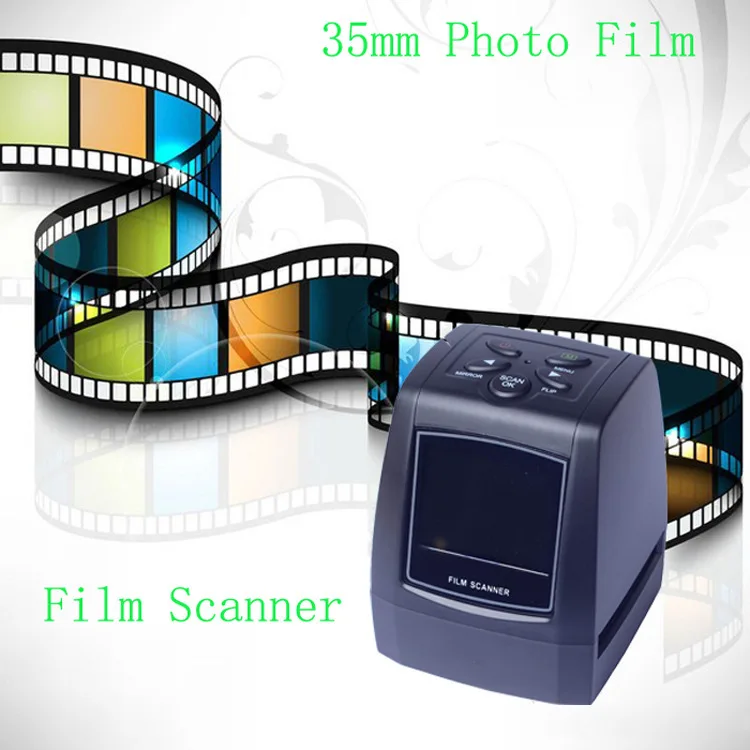
#Portable photo scanner reviews software#
User-friendly features, such as straightforward scanning software and the ability to scan directly from the photo scanner or feeder tray, can save a lot of time and effort if you’re working with a gigantic collection of old family photos. While customization options can help get the absolute best image quality, many people might prefer the ability to scan a giant collection of 4圆 photographs without having to change image settings after each one. Ultimately, most users will want a relatively easy-to-use photo scanner. Many printers do work with outside software, however, which can give users more control over image intake and rendering. Most photo scanners use proprietary software for scanning and capturing images, which can work well for quick scans, but might not give users the ability to tweak settings for specific images. The ability to fine-tune photo scans is another important factor in buying a photo printer. This is one of the biggest differences between a general-use scanner and a photo scanner: a general scanner may have decent resolution, but won’t render color quite as well. You’ll want a photo scanner that faithfully captures and reproduces the colors of the original photographs, without loss or fading. Higher-dpi scanners will also produce larger image files, which may necessitate an external storage drive for a larger digital photo collection.īuyers should also consider color fidelity when purchasing a photo scanner, since in some cases this may be even more important than image resolution.

Generally, you’ll want a higher dpi to more faithfully capture image details, although if photos are worn or damaged, you may also capture imperfections and need to do some fine-tuning.


This is measured in dots per inch, or dpi. One of the most important considerations when buying a photo scanner is the image resolution.


 0 kommentar(er)
0 kommentar(er)
